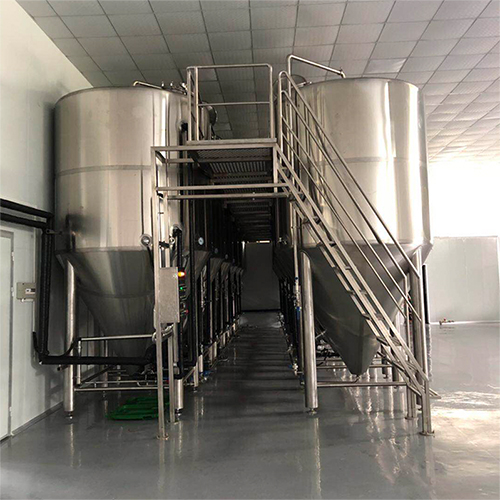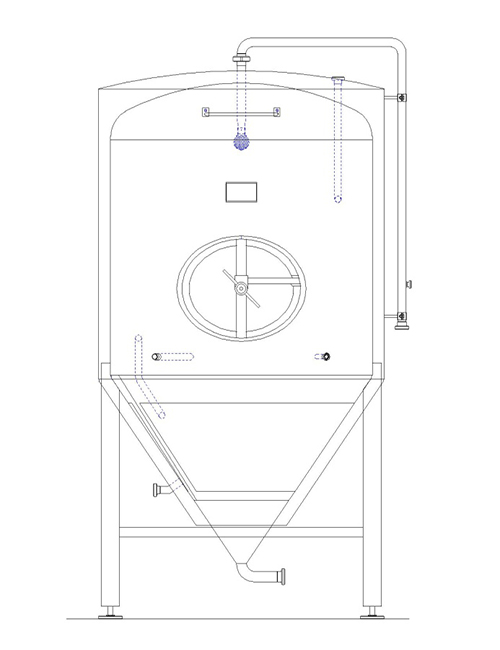There are many reasons why this traditional technology is widely used, especially lead-acid batteries are economical and have excellent reliability. But although outstanding, it is not perfect. VRLA batteries have a limited life (typically 12 years of design life), and critical systems typically use this battery as a backup power source, but are replaced periodically. The failure may or may not occur. In a typical backup power system, the batteries function as their name—they always remain fully charged and wait for the mains to fail. The fully charged state is maintained by continuous small current "floating" charging. If the float current is below a set limit, the gas generated by the internal electrolysis of the battery will recombine. In this case, even if the float voltage is slightly higher than the single battery standard value of 2.27 V, the battery may be damaged. A small over-voltage will cause the electrolyte to precipitate more gas than the recombination treatment, and these untreated gases will overflow through the safety valve. If the battery temperature is too high, even if the charging voltage is appropriate, it will cause electrolyte loss. Other failure modes include early sulfation, poor pole and grid connections, poor plate and grid connections, electrolyte stratification, and grid accelerated corrosion. There is also a catastrophic failure mode, thermal runaway, which is a failure mode unique to VRLA and gel batteries that can cause an explosion. The only way to prevent thermal runaway is to monitor the internal temperature of the battery. The mere monitoring of battery voltage has been very limited in detecting the decline in lead-acid battery capacity, which has been recognized in the industry. When the battery performance is declining, the nominal voltage is usually present until it is released, and its capacity is already severely reduced, and the terminal voltage drops prematurely. The battery state is determined by measuring the exact specific gravity of the electrolyte. This method is not suitable for sealing VRLA or gel batteries; conventionally, the only way to verify battery capacity is to discharge the entire battery pack to a controlled state, but this method requires The battery is stopped. In addition, deep discharge also reduces the life of lead-acid batteries; this test is often used to determine battery life on systems that periodically discharge their backup batteries and have high reliability on their mains. Recently, non-intrusive electronic methods that allow continuous monitoring can detect the near-failure state of a single battery. This approach saves both cost and overall system availability. The predecessors of such systems typically measure the voltage of a battery or battery pack (battery industry terminology, referring to multiple batteries packaged in the same housing) - although its limitations are well known - plus charge/discharge current and ambient temperature. Some systems attempt to measure or infer the internal resistance of the battery, and their effectiveness varies. LEM's Sentinel system is a leading product based on the transformation of simple basic parameter simulation measurements, and has now evolved to the third generation, Sentinel III. It integrates analog and digital technologies on a single custom-designed SoC (system-on-chip) integrated circuit. The device is housed in a module that measures terminal voltage, battery internal temperature, and internal impedance. It is a design time for systems that can provide accurate measurement results and cost within the budget of most standby system configurations. Key elements.
Brewery Fermentation Tank
Cylindrical conical fermentation tank is made of quality stainless steel 304 or 316L, with various size and capacity.
Fermentation Tank,Brewery Fermentation Tanks,Beer Fermentation Tank,Stainless Steel Fermentation Tank Dongguan Deao Food Equipment Co.,Ltd , https://www.craftbrewtech.com


Complete measurement and analysis for economical and practical backup battery monitoring solutions
The infrastructure that underpins contemporary society must operate with very high reliability. In order to guarantee nearly 100% "time-to-failure" or system availability, Internet server farms and communication switching centers mostly rely on a very mature technology - lead-acid batteries, while data storage centers use high-tech. Typically, these critical nodes and many other important departments are equipped with backup power. The first layer of backup power is typically an inverter, and the inverter is a battery assembled with a valve-regulated lead acid (VRLA) battery or a similarly sealed colloidal battery. The group provides power conversion.